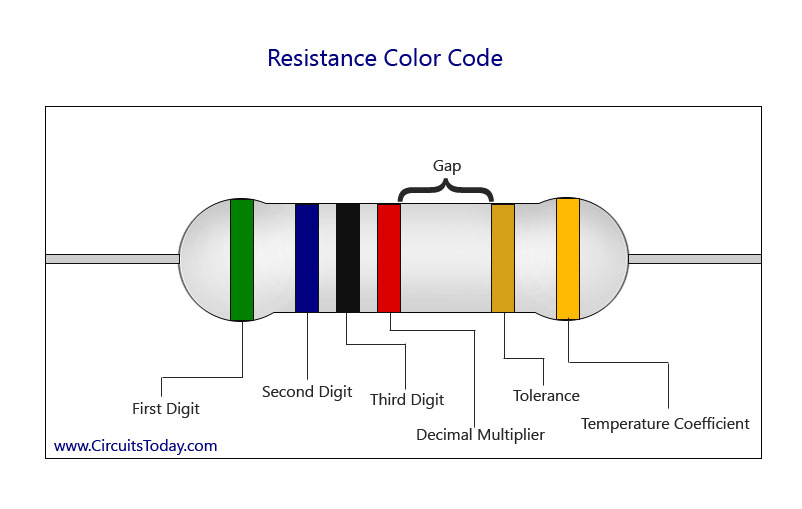Follow along with the video below to see how to install our site as a web app on your home screen.
Note: This feature may not be available in some browsers.
Hi can anyone help identify this resistor? Its burnt out (open) and the colors are tough to read. Any help would be appreciated.
Thanks

 www.circuitstoday.com
www.circuitstoday.com
That blue capacitor is actually a thermistor - look at the back of the board.
Thanks for everyone's help here. The resistor was open, and burnt quite badly so colours were not true. I thought it might be 100 ohms but after all the feedback it seems that 1 meg is the right choice. I'll try it today. Many thanks again to everyone, its appreciated.
True.Assuming it is 1 Meg? - it's not really a value which you would expect to 'burn up', as it's power dissipation should be pretty low.
True.
But the thought occurs to me that resistors also have a voltage rating, and that resistor will have been subjected to mains voltage for long periods.
It seems reasonable that overvolt operation will eventually result in failure.
JimB

